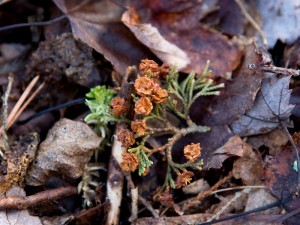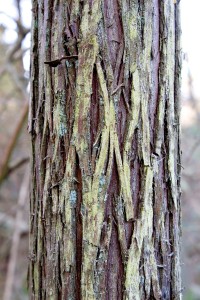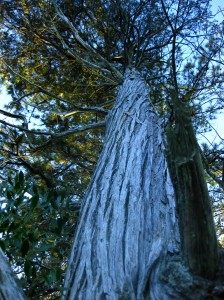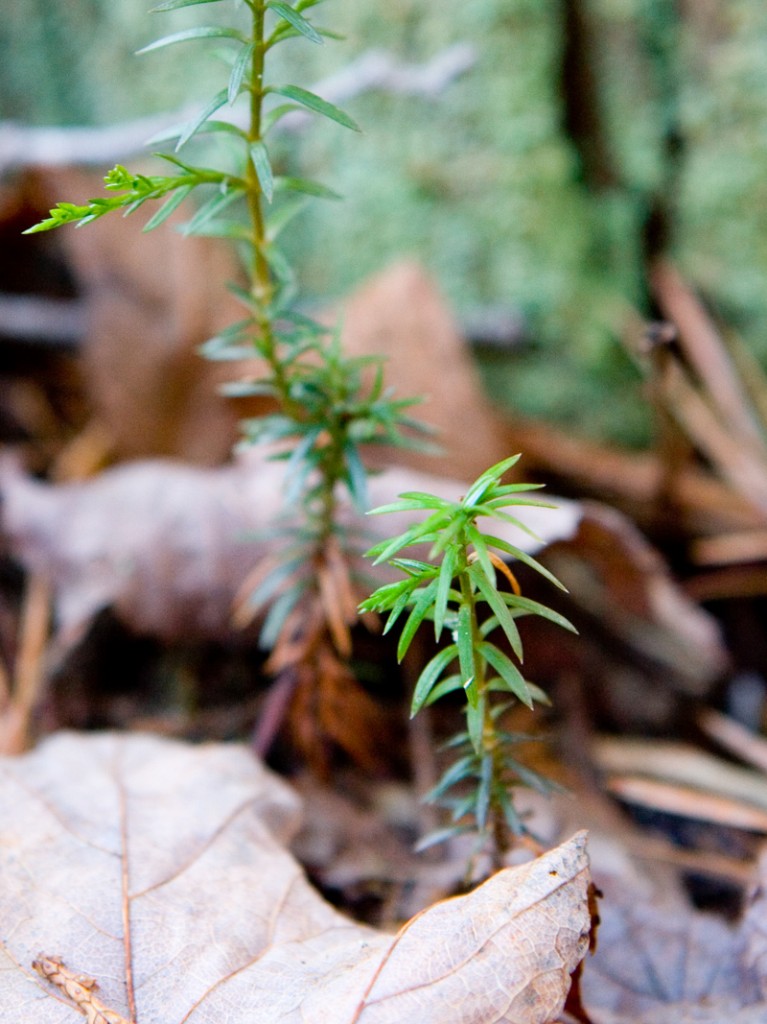 In 1804, Thomas Jefferson commissioned Meriwether Lewis and William Clark to catalog the wildlife and geography of North America. They spent two years searching the continent, documenting their finds as they asked, “What’s that? And that? And what’s that?” I conduct my expeditions the same way today. I have dozens of see-and-ID encounters every time I go out. As I log more sightings of common species, though, I grow more curious about the hundreds of other critters, crawlers and creepers I haven’t seen yet.
In 1804, Thomas Jefferson commissioned Meriwether Lewis and William Clark to catalog the wildlife and geography of North America. They spent two years searching the continent, documenting their finds as they asked, “What’s that? And that? And what’s that?” I conduct my expeditions the same way today. I have dozens of see-and-ID encounters every time I go out. As I log more sightings of common species, though, I grow more curious about the hundreds of other critters, crawlers and creepers I haven’t seen yet.
 In the two centuries since Lewis and Clark’s expedition, hundreds of other scientists and naturalists have filled in most of the blanks in the field guides and ecology textbooks I flip through today. But I haven’t yet found the sundews and orchids, weasels and salamanders these books tell me are hiding right under my nose.
In the two centuries since Lewis and Clark’s expedition, hundreds of other scientists and naturalists have filled in most of the blanks in the field guides and ecology textbooks I flip through today. But I haven’t yet found the sundews and orchids, weasels and salamanders these books tell me are hiding right under my nose.
For advice on how to find the things I’m looking for, I turned to Long Island naturalist John Turner. He literally wrote the book on finding Long Island’s natives: Exploring the Other Island: A Seasonal Guide to Nature on Long Island. If anyone could tell me about finding what I’m looking for, my bet’s on John.
Right now, Turner is trying to locate and document all the stands of Atlantic white cedar (Chamaecyparis thyoides) on Long Island. Atlantic white cedars are big trees: tall, columnar, with a distinctive silhouette. The tree clings to the Atlantic coast, and can be found from Maine to Florida. A tree like this doesn’t sound like it would be hard to find. Once, it wasn’t. In fact, white cedar used to fill hundreds of acres of swamps on Long Island between Manhattan and Montauk.
 Over time, the cedar swamps dwindled as the trees were harvested for shingles, and the land drained and plowed for roads, crops, and houses. Turner hopes to find evidence that the few remaining stands and scattered individuals are reproducing and spreading to recover more of their former territory on the Island.
Over time, the cedar swamps dwindled as the trees were harvested for shingles, and the land drained and plowed for roads, crops, and houses. Turner hopes to find evidence that the few remaining stands and scattered individuals are reproducing and spreading to recover more of their former territory on the Island.
Turner told me that in his search for these big trees, he’s made use of sources historic (old maps, herbaria collections) and contemporary (colleagues, the Internet), along with a healthy dose of luck. He’s pored over aerial photographs of Long Island using Google Earth, and has gotten very skilled at identifying white cedars among their neighbors in the grainy, flat images.
“I find that one thing feeds off another and computer or museum research often turns up interesting tidbits that pay off out in the field,” Turner said.
I took this as confirmation that all my diddling on the Internet might be worthwhile after all. But then Turner told me that if I wanted to find things, I had to go looking for them.
“If you learn about the habitat requirements of the species that are of interest to you, visit the appropriate habitats and search.”
 Fortunately, I’m not on my own in my searches for salamanders and orchids, or even Atlantic White Cedar, and neither is anyone else — naturalist, scientist, or otherwise inclined to a helping of curiosity.
Fortunately, I’m not on my own in my searches for salamanders and orchids, or even Atlantic White Cedar, and neither is anyone else — naturalist, scientist, or otherwise inclined to a helping of curiosity.
“Some of this also just involves asking,” Turner said. “Once, I asked a field naturalist who had mentioned he saw a rare fern. He drew me a map on the back of a napkin. While the directions were complicated, I walked through this forest and what do you know! I found the plant.”
So, according to Turner, there’s no magic incantation, shortcut, or special training I need to summon the plants and animals I want to find. Just old-fashioned research, footwork, and question-asking — the same elements that drew Lewis and Clark across miles of an unfamiliar landscape. My own landscape may grow more familiar, but there’s no shortage of wild things to find.
I once worked with a guy who during an after work bbq brought out his computer and showed us all the wacky and interesting things he had seen during his field work.
It just takes logging the hours, being out there and knowing where to look to see the cool things.
Ghost orchids are in that realm and most people who knows of where to look aren’t keen on sharing their information due to poachers and having a ton of traffic coming to their sloughs, but if you start learning about where to look before you know it you’ll find it. My husband found another rare orchid, one thought extirpated and hadn’t been seen in 30 years, but out in a slough in SW Florida one day he found a large patch of them.
I love exploring!